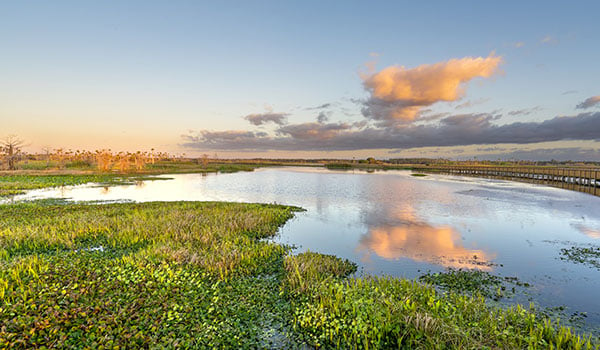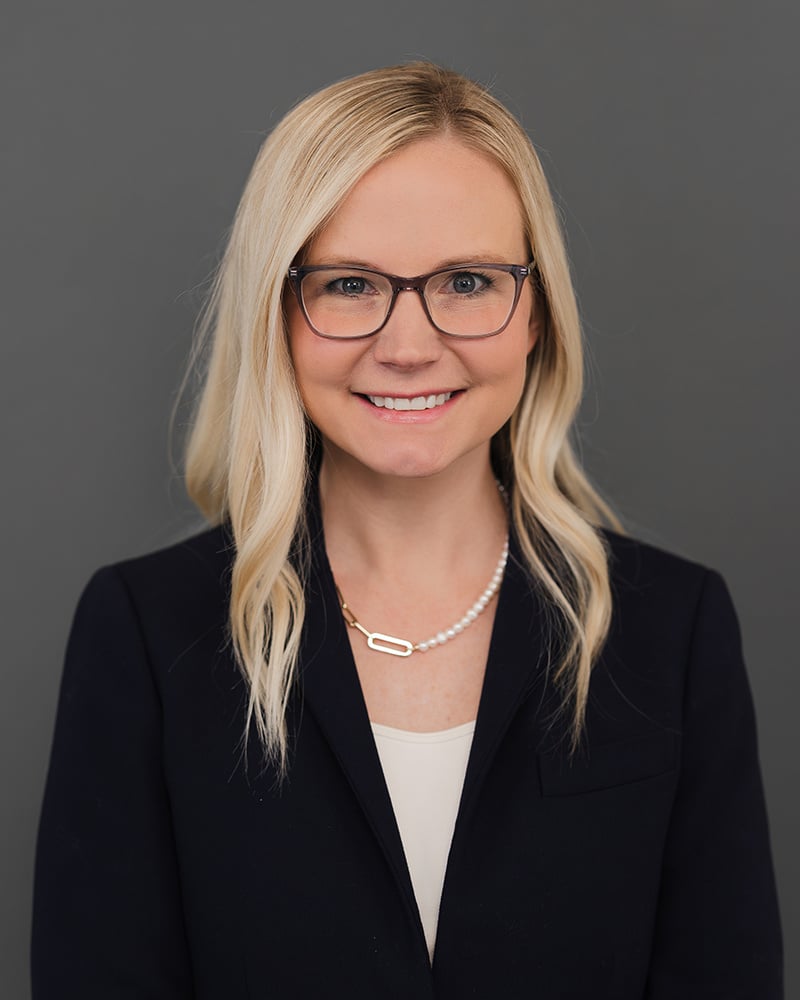06-5-2023 |
U.S. Supreme Court Greatly Narrows the Definition of Wetlands in the Clean Water Act
By: Ellen M. Hames & James L. Pray

On May 25, 2023, the United States Supreme Court issued a much-anticipated decision in the Sackett v. EPA case. At issue was whether “Waters of the United States” (“WOTUS”) could include wetlands that are not directly and continuously connected to navigable waters. All nine justices were unanimous in finding that the EPA overstepped its statutory authority by trying to stop Michael and Chantell Sacketts’ effort to build a home on formerly swampy ground. Most importantly, however, a majority of five justices went a step further and agreed on a new definition of WOTUS. In developing the new definition, the majority resorted to Webster’s dictionary, defining jurisdictional waters as “only those relatively permanent, standing or continuously flowing bodies of water ‘forming geographic[al] features’ that are described in ordinary parlance as ‘streams, oceans, rivers, and lakes.’” Adoption of this definition will prevent the EPA from regulating ephemeral streams and other features that only see water when it rains. The majority next addressed what kind of wetlands are subject to the Clean Water Act, ruling that the law only applies to wetlands that have “a continuous surface connection” to jurisdictional waters.
What does that mean from a practical standpoint?
This new interpretation means that a fen, bog, prairie pothole, or wetlands in the middle of a field where you cannot see water running directly into a relatively permanent or continuously flowing body of water is not subject to the Clean Water Act. There is one exception mentioned by the Court: you cannot convert a jurisdictional wetland into a non-jurisdictional wetland by intentionally building a dike or dam to cut it off from a nearby stream or waterway.
What will be the effect here in Iowa?
Clearly, any commercial development in which the parties are negotiating with the U.S. Army Corps of Engineers or the EPA over wetlands mitigation demands should pause before signing anything. Federal agencies will be consulting their legal counsel for direction and may voluntarily suspend action on all pending wetlands matters. The effect on farming activities will take some time to unwind as some of the laws, such as the “Swampbuster” provisions in the 1985 Farm Bill, have their own definitions of wetlands. Courts may need to decide whether the Sackett decision could be used to restrict the Department of Agriculture’s role in protecting wetlands.
If you have any questions about the ruling or its applicability to your practice, please contact Jim Pray or Ellen Hames at the BrownWinick Law Firm.


